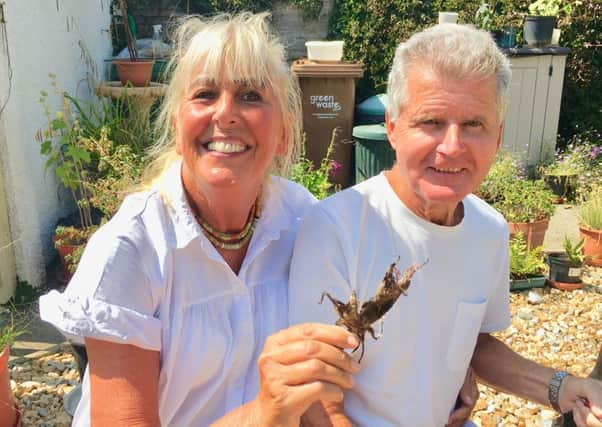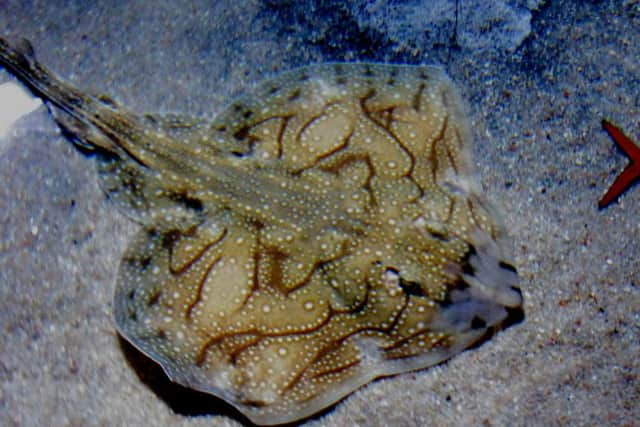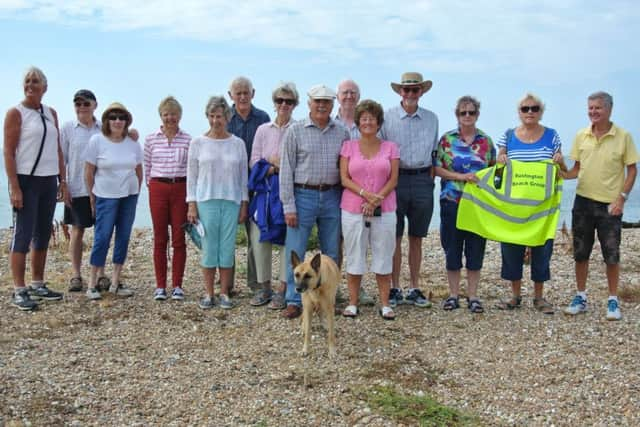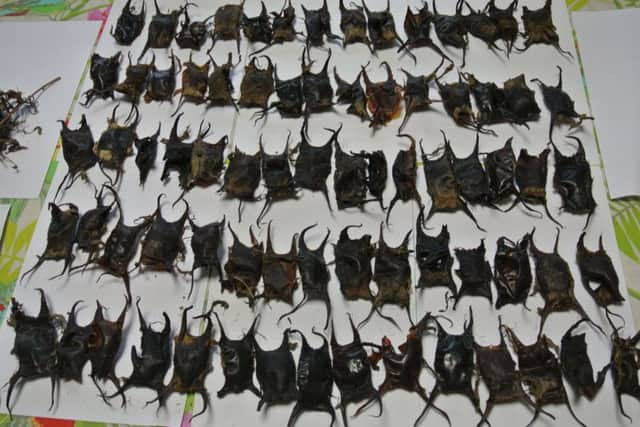Rustington couple discovers thousands of endangered rays in our waters


But Ange Rawlings and her husband John Richardson have been harvesting rays of a different sort in the name of conservation.
The couple from Glenville Road, Rustington, have been picking up empty ray eggcases from the beach – clocking up 22,634 since 2013, with 69 per cent of these belonging to the endangered undulate ray species, which is part of the shark family.
Advertisement
Hide AdAdvertisement
Hide AdThe pair believe this means Rustington is home to one of the biggest undulate ray populations in the UK.


Ange, the former head of history at Shoreham College, said: “It’s astonishing – I can’t even imagine how many there must be out there. These rays chose us, so we should be grateful.”
Click here to read more stories, including a metal detectorist who found a couple’s lost wedding ring, why sewage tankers have been spotted near Littlehampton seafront, and a priest who has retired after 28 years of service.
When the couple retired five years ago, they moved to Rustington and set up a beach group, which boasts 30 members who clean the coastline from Littlehampton to East Preston.
Advertisement
Hide AdAdvertisement
Hide AdThey got involved with the Shark Trust’s Great Eggcase Hunt, a project led by the public to discover where sharks, skates and rays lay their eggs.


After collecting the egg cases, John counted them and sent the charity the data.
The former occupational therapist said: “It’s wonderful to know there is this lovely wildlife out to sea here. We are reminded of it every day we go down the beach.”
According to Ange, the undulate ray can grow up to 85cm long, is covered with spines on its back and has markings enabling it to blend in with the shingle. Because they take nine years to reach maturity and give birth to few young, they are vulnerable to predators and fishing – and in 2006, Ange said, no undulate rays could be found in the English Channel. They can also be found around Portugal.
Advertisement
Hide AdAdvertisement
Hide AdCat Gordon, conservation officer for the Shark Trust, said the rays have ‘very fragmented populations’ but with a ‘small number of areas where it is locally common’, such as around Rustington.


The egg cases are made from collagen and keratin, the same as human hair, and are anchored into the seabed with mucus filaments while the ray embryo develops over several months.
Despite collecting thousands of their cases, John and Ange did not see an undulate ray until visiting the Sea Life Centre in Brighton. “It is an honour to be one of their egg collectors,” she said.